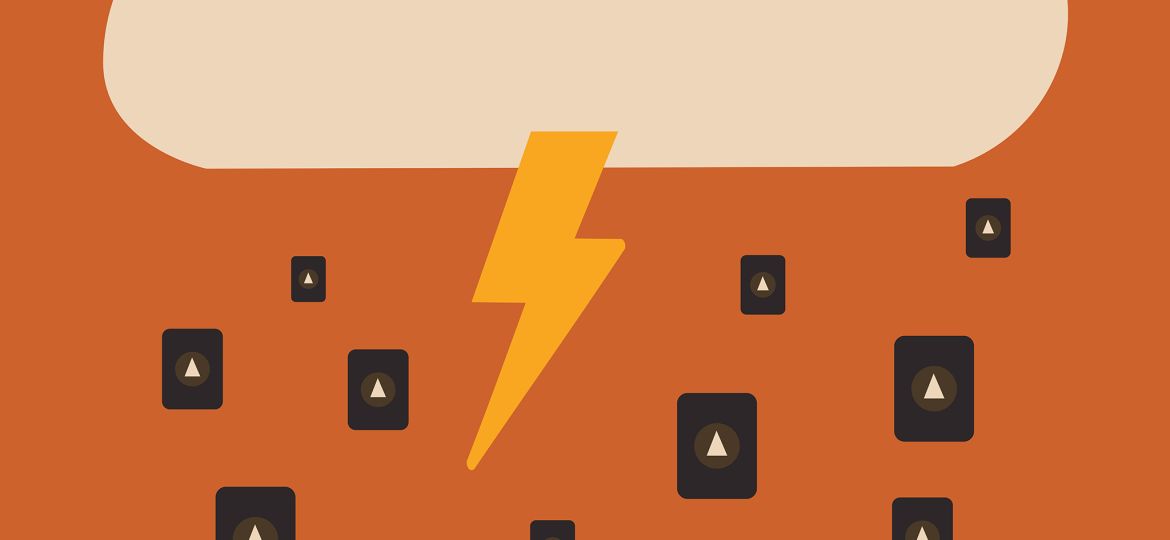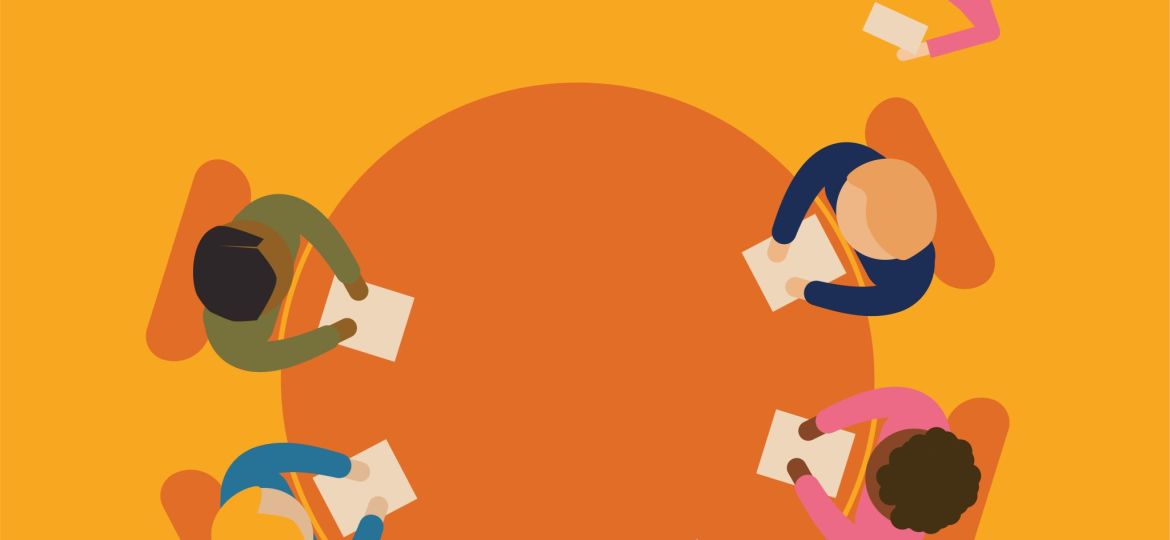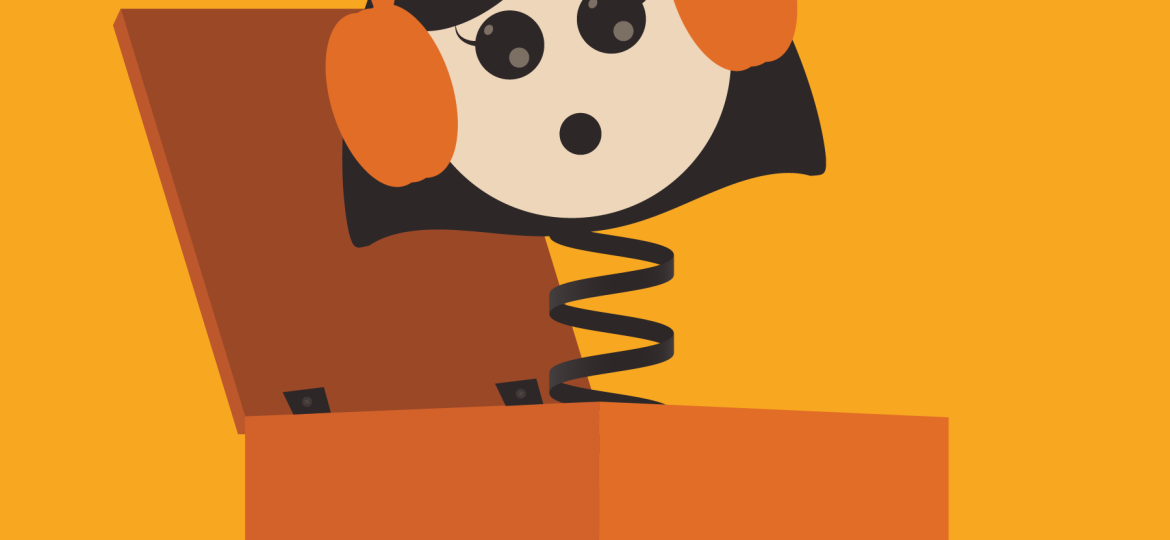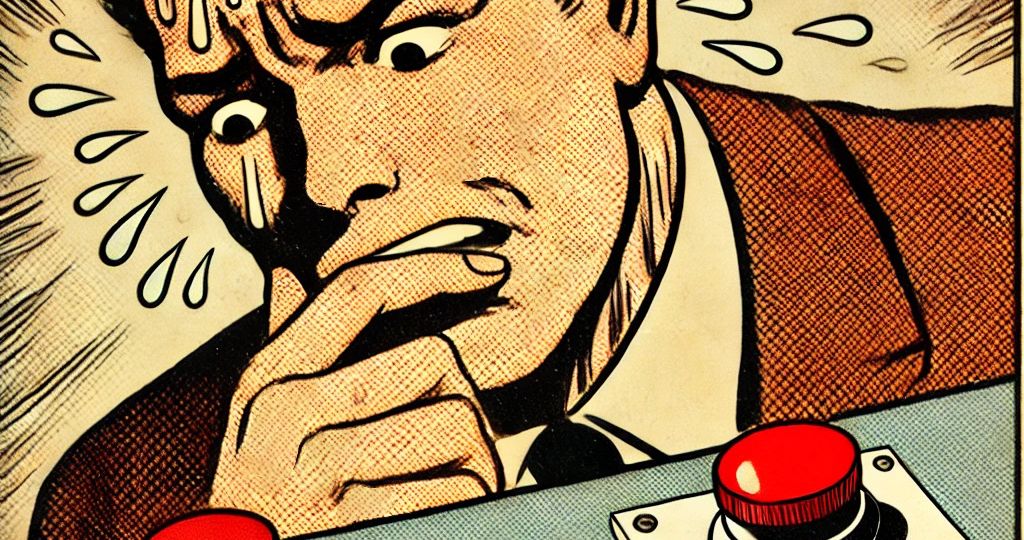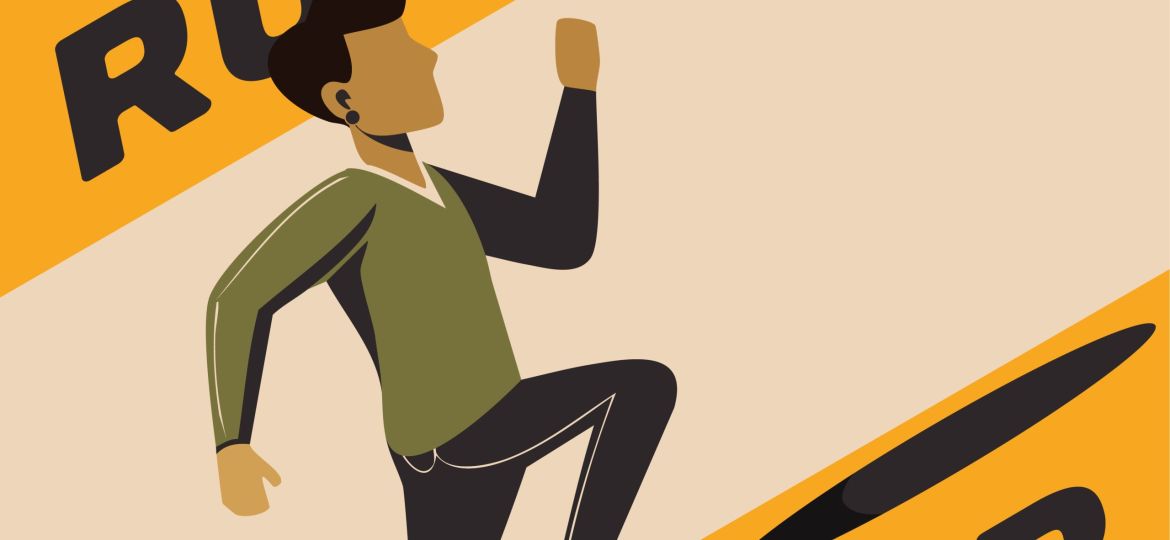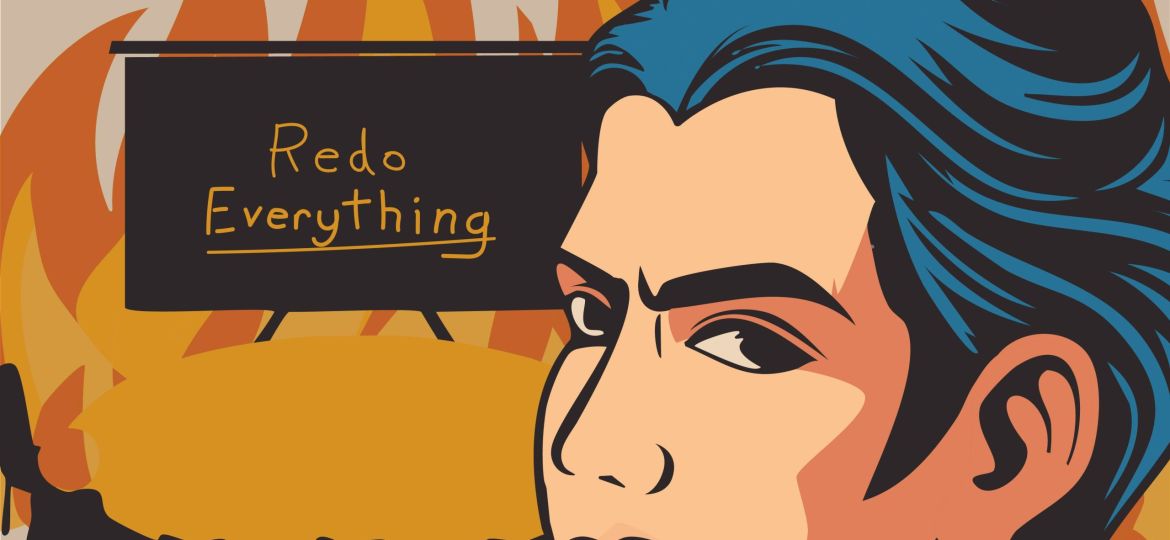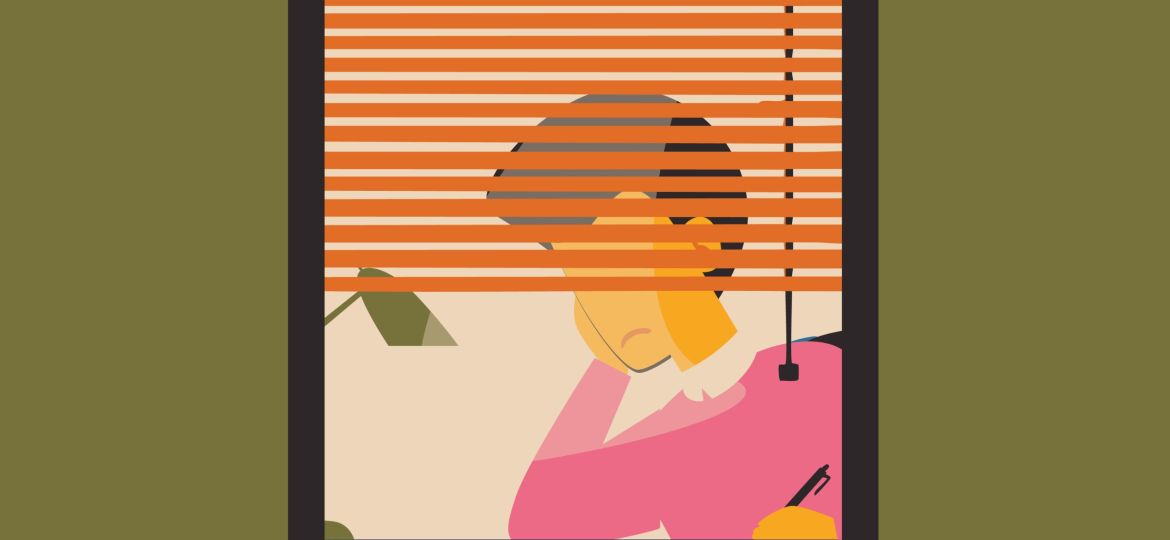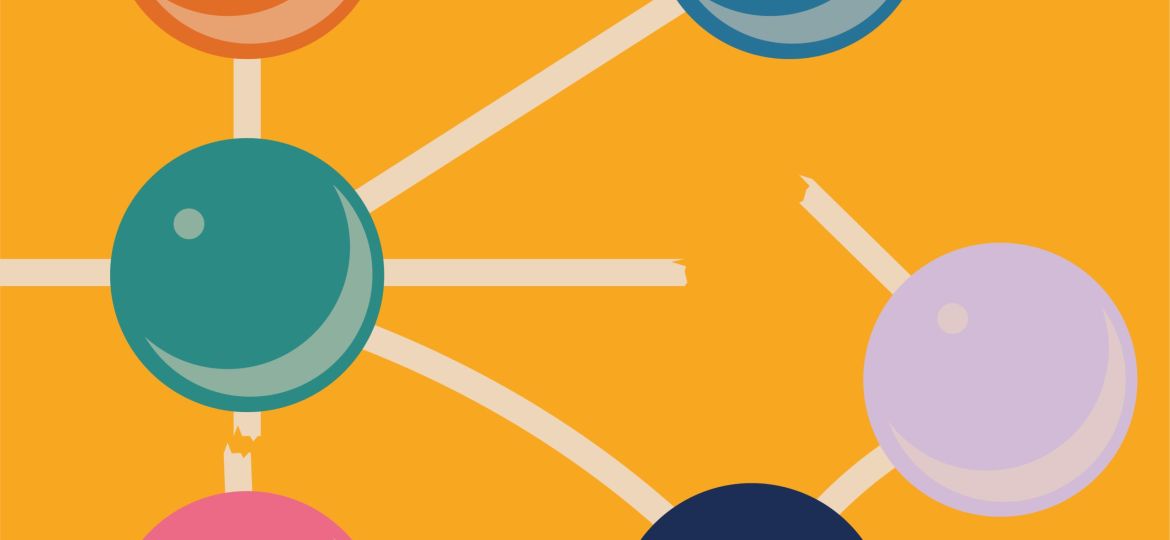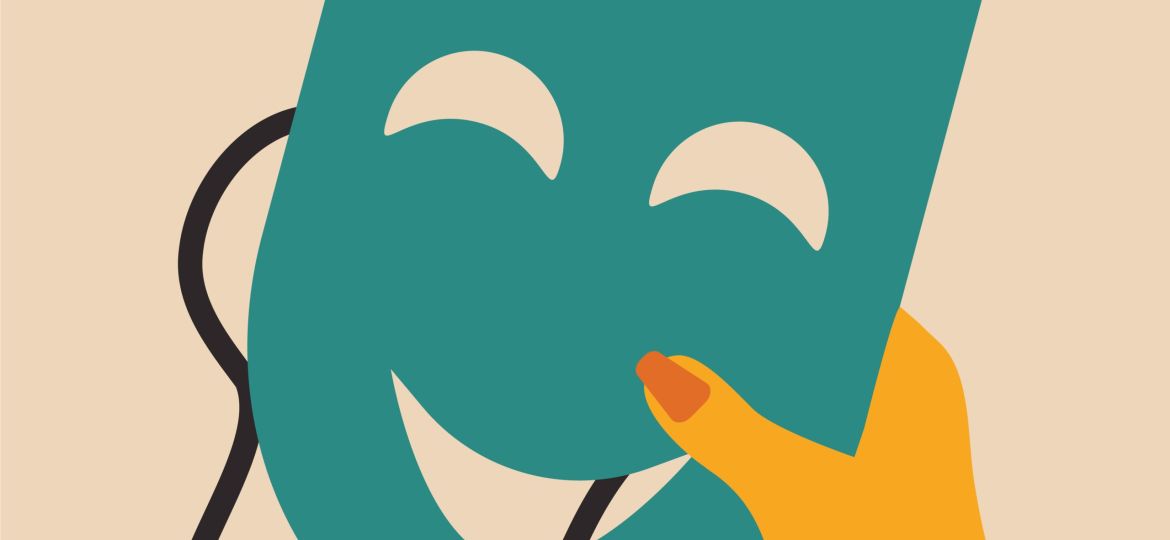There’s no shortage of education in design. Every day brings another video, course, reel, or newsletter promising to unlock a new skill. And yet, for many graphic designers, this endless stream feels more suffocating than supportive.
Creative work thrives on clarity. When you ask a designer to create something for you— whether it’s a brand identity,…
The ability to focus deeply is becoming rare. Constant notifications, the pressure to multitask, and an always-on work culture make…
“Take creative risks” is one of those phrases that gets thrown around often—by clients, by managers, by the occasional LinkedIn guru. But what does it actually mean?
Creativity requires confidence— but too often, designers and artists are misunderstood. This free guide debunks the myths and equips business leaders with the knowledge to support and empower their creative teams.
Rush jobs are often framed as an unavoidable part of creative work—an occasional fire drill to keep things moving. But when last-minute projects become the norm, they don’t just disrupt workflow; they erode the foundation of good creative work.
Hey fellow leaders, it’s Charm’s Founder Lauren here. I am proudly no longer a project fire starter. But let’s go ahead and relive my trauma together for educational benefit; let’s take a look at some of my arsonist history.
Creativity isn’t about pulling ideas from nowhere—it’s about collecting, interpreting, and reshaping what we take in. If your output feels sluggish, check your input. Then, go outside and fill the well.
This example workflow promotes efficiency, flexibility, and stronger collaboration between creative and marketing teams.
By prioritizing these practices, organizations can ensure that their team members are not only satisfied but also empowered to contribute fully, leading to a more innovative and resilient workplace.

